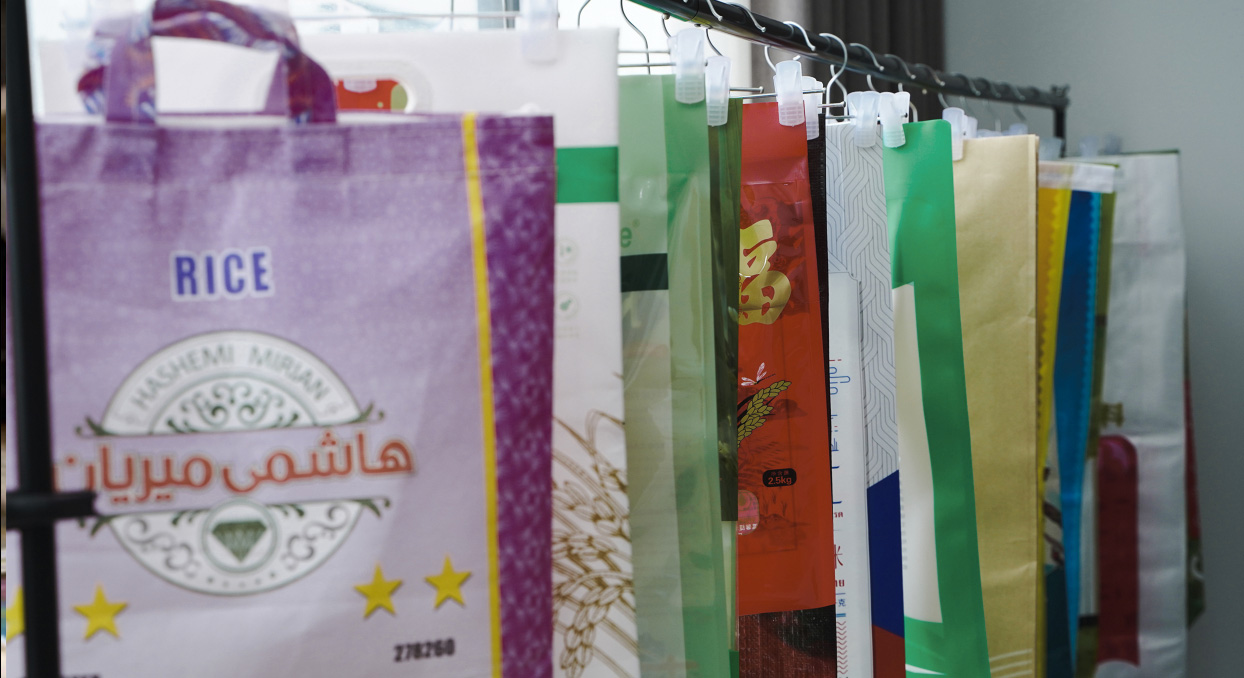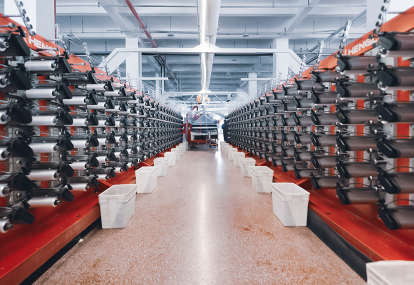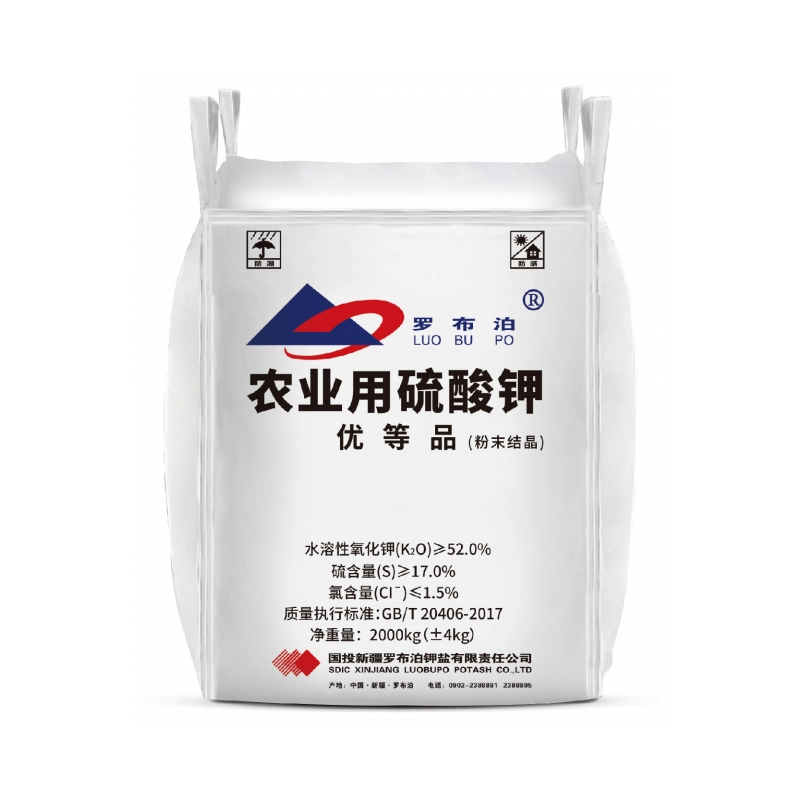FIBC означает Гибкие среднетоннажные контейнеры для массовых грузов, также известные как мешки для хранения навалом. На первый взгляд они выглядят как мешки для сырого риса, но на самом деле это промышленные контейнеры из гибкой, но прочной ткани, обычно тканый полипропилен. Они используются для хранения и транспортировки материалов, таких как порошки, гранулы и пеллеты.

Эти объемные подъемники мешки FIBC обладают впечатляющими характеристиками, благодаря которым они могут отвечать спецификациям различных отраслей промышленности, таких как сельское хозяйство, строительство, химическая, пищевая и горнодобывающая промышленность.
Но чтобы опережать их предназначение, их необходимо правильно настроить. Ознакомьтесь с этим руководством, чтобы узнать, что находится внутри испытательных лабораторий для биг-бэгов, и обратите внимание на следующие моменты:
– Испытание на прочность петли с помощью верхнего подъема
– Испытание на падение имитирует реальные аварии.
– Тест на устойчивость к ультрафиолетовому излучению защищает от деградации под воздействием солнца
– Как работают внутренние лаборатории XIFA Group

Испытания на подъем верхней части контейнера или подъем мешка FIBC проводятся для оценки коэффициентов безопасности и способности мешков удерживать определенный вес материала, например, удерживать камни при транспортировке горнодобывающих материалов.
Это испытание на безопасность имеет решающее значение для оценки способности биг-бэга выдерживать подъемные нагрузки, обеспечивая безопасность при транспортировке и хранении. Это испытание является ключевым компонентом процесса сертифицировано ООН Мешки FIBC и проверка безопасной рабочей нагрузки (SWL) этих контейнеров FIBC.
Испытание на подъём сверху также является ключевым фактором для обеспечения лучшего качества биг-бэга и прочности петель. Для этого заполненный мешок подвешивается за подъёмные петли и прикладывается нагрузка, примерно в пять раз превышающая его допустимую рабочую нагрузку. Чтобы пройти испытание, мешок должен выдерживать многократные циклы подъёма и нагрузки без повреждений. Именно это и определяет прочность петель.

Испытания на падение многое говорят о прочности материалов. Поэтому, помимо обеспечения хорошей грузоподъёмности биг-бэга, важно также обеспечить, чтобы ни с самим мешком, ни с находящимися в нём предметами ничего не случилось во время погрузки/разгрузки или транспортировки, если мешок упадёт.
Испытания на падение также играют ключевую роль в обеспечении бесперебойной работы сертифицированных ООН биг-бэгов. Это испытание имитирует падение мешка, например, во время транспортировки.
Прохождение этого теста качества для биг-бэгов означает, что мешок сможет сохранить содержимое в целости и сохранности при падении с определённой высоты. Этот тест очень важен, особенно для биг-бэгов, используемых для перевозки опасных материалов, поскольку он также обеспечивает безопасность работников.
Биг-бэги, подобные тем, что производит XIFA Group, используются в самых разных областях: в пищевой, горнодобывающей, сельскохозяйственной, строительной, животноводческой, химической промышленности и даже для борьбы с наводнениями. Поэтому к ним предъявляются высокие требования, чтобы гарантировать высочайшее качество. Ещё одним испытанием является испытание на устойчивость к ультрафиолетовому излучению.
С другой стороны, испытания на устойчивость к ультрафиолетовому излучению для качества биг-бэгов проводятся с целью оценки того, насколько хорошо ткань защищает от разрушения при длительном воздействии ультрафиолета. Как известно, транспортировка промышленных материалов в основном осуществляется на открытом воздухе.

Это испытание важно для того, чтобы убедиться, что ваш биг-бэг для перевозки сыпучих грузов сохраняет максимальную структурную целостность, включая то, насколько безопасно он может удерживать материалы, особенно при хранении под воздействием солнечного тепла.
Таким образом, испытание на падение также гарантирует, что ваши материалы не подвержены разрушению под воздействием солнца, которое, конечно, может ухудшить их качество и эксплуатационные характеристики.
С помощью теста на устойчивость к ультрафиолетовому излучению, Материалы для биг-бэгов подвергаются воздействию искусственного солнечного света, что позволяет определить их сохраняющуюся прочность после воздействия, гарантируя, что ваши сумки защищены от разрушения под воздействием солнца и сохраняют долговечность при использовании на открытом воздухе.
В Производство МКР В отрасли прослеживаемость и надёжность играют решающую роль не только в обеспечении качества биг-бэгов, но и в их безопасности и соблюдении нормативных требований. Они позволяют отслеживать процесс с момента использования сырья до доставки готовой продукции, быстро выявляя дефекты, предотвращая отзывы клиентов и поддерживая доверие клиентов благодаря прозрачности, стабильности и эффективности.
Мы гордимся тем, что находимся в уезде Цаннань города Вэньчжоу (Китай) и создаём высококачественные решения для персонализации упаковки. Помимо контейнеров FIBC, мы также занимаемся ПП ткани, полиэтиленовая пленка мешки, клапанные мешки и многое другое.
Но именно наша внутренняя лаборатория, оснащенная нашей машиной для испытания мешков FIBC, работает на благо вас и вашей отрасли, когда вам нужны правильные решения. мешки для обработки и транспорт.
Наш производственный процесс, выступающий за прослеживаемость и надежность, состоит из следующих этапов: волочение проволоки, плетение, цилиндризация, печать, ламинирование, резка, шитье, внутренняя полиэтиленовая подкладка, контроль качества и упаковка.
В этих процессах используются передовые системы мониторинга и контроля качества в режиме реального времени, что гарантирует прослеживаемость и надежность за счет цифрового управления и автоматизации.
XIFA осуществляет полный контроль качества, включая испытания на ударопрочность, управление образцами и более десятка процедур проверки качества. Наши биг-бэги оснащены системой прослеживаемых QR-кодов, которая подходит для клиентов, предъявляющих высокие требования к качеству и соблюдению нормативных требований. Убедитесь сами! Свяжитесь с нашей командой сегодня.




